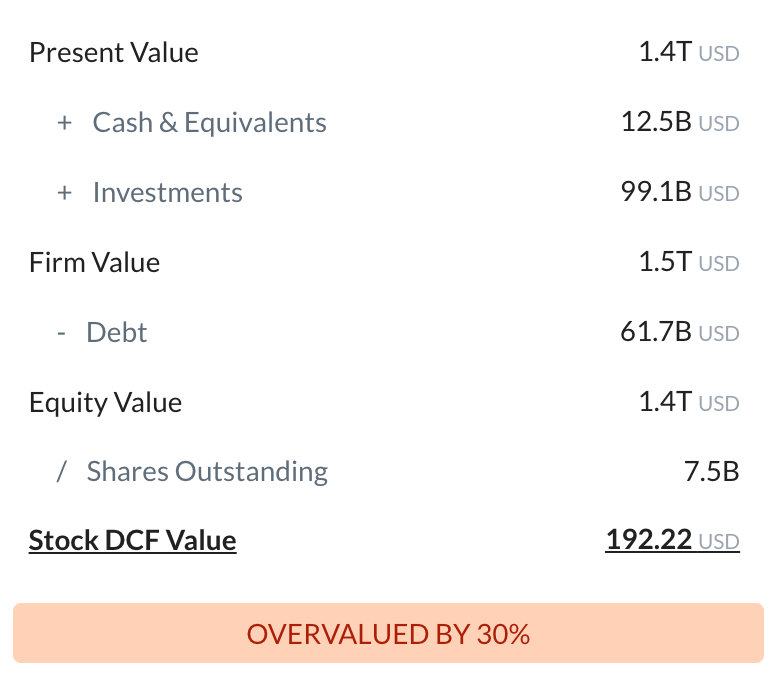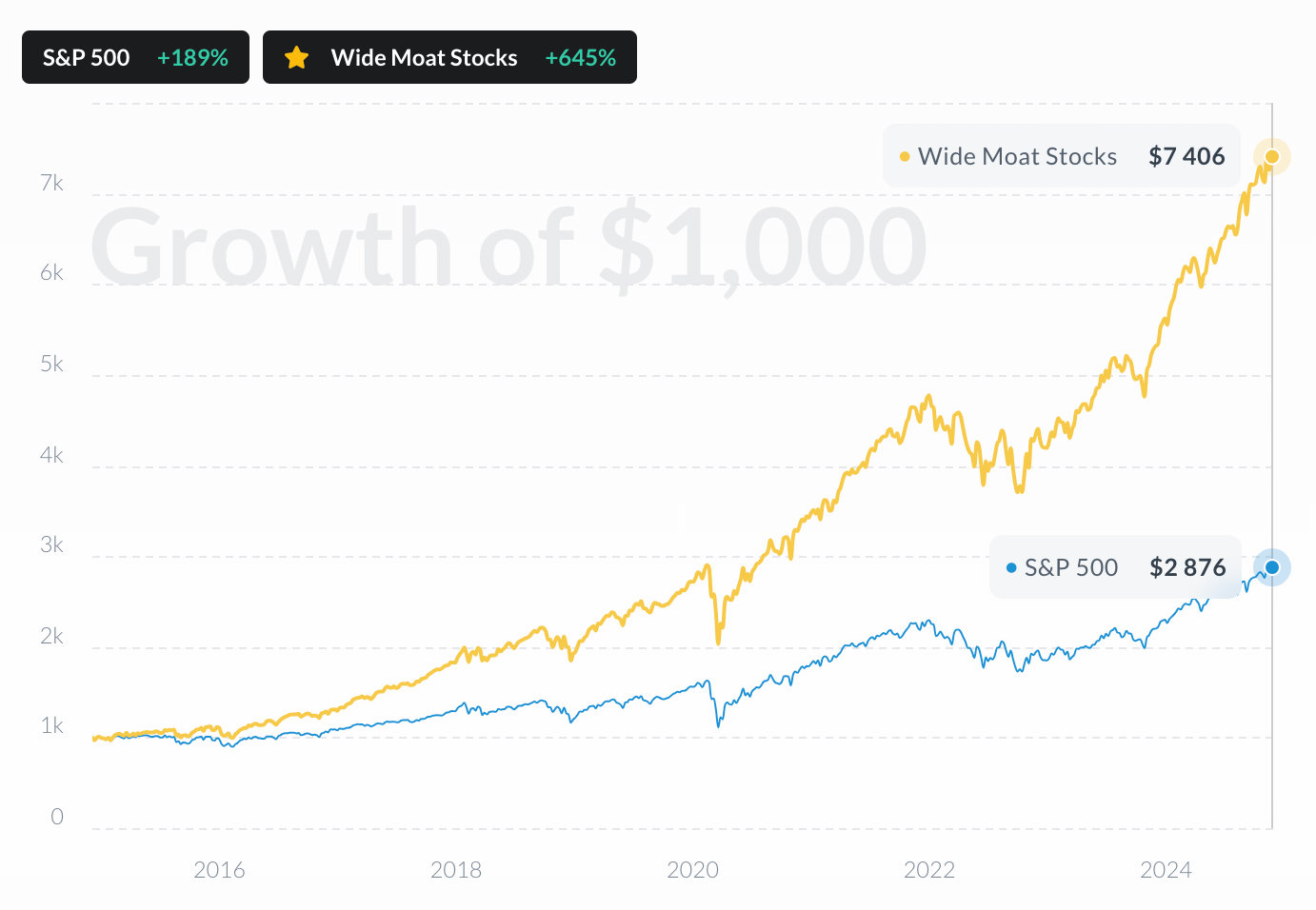
Royal Bank of Canada
NYSE:RY


| US |

|
Johnson & Johnson
NYSE:JNJ
|
Pharmaceuticals
|
| US |

|
Berkshire Hathaway Inc
NYSE:BRK.A
|
Financial Services
|
| US |

|
Bank of America Corp
NYSE:BAC
|
Banking
|
| US |

|
Mastercard Inc
NYSE:MA
|
Technology
|
| US |

|
UnitedHealth Group Inc
NYSE:UNH
|
Health Care
|
| US |

|
Exxon Mobil Corp
NYSE:XOM
|
Energy
|
| US |

|
Pfizer Inc
NYSE:PFE
|
Pharmaceuticals
|
| US |

|
Palantir Technologies Inc
NYSE:PLTR
|
Technology
|
| US |

|
Nike Inc
NYSE:NKE
|
Textiles, Apparel & Luxury Goods
|
| US |

|
Visa Inc
NYSE:V
|
Technology
|
| CN |

|
Alibaba Group Holding Ltd
NYSE:BABA
|
Retail
|
| US |

|
JPMorgan Chase & Co
NYSE:JPM
|
Banking
|
| US |

|
Coca-Cola Co
NYSE:KO
|
Beverages
|
| US |

|
Walmart Inc
NYSE:WMT
|
Retail
|
| US |

|
Verizon Communications Inc
NYSE:VZ
|
Telecommunication
|
| US |

|
Chevron Corp
NYSE:CVX
|
Energy
|
Utilize notes to systematically review your investment decisions. By reflecting on past outcomes, you can discern effective strategies and identify those that underperformed. This continuous feedback loop enables you to adapt and refine your approach, optimizing for future success.
Each note serves as a learning point, offering insights into your decision-making processes. Over time, you'll accumulate a personalized database of knowledge, enhancing your ability to make informed decisions quickly and effectively.
With a comprehensive record of your investment history at your fingertips, you can compare current opportunities against past experiences. This not only bolsters your confidence but also ensures that each decision is grounded in a well-documented rationale.
Do you really want to delete this note?
This action cannot be undone.

| 52 Week Range |
108.36
171.2
|
| Price Target |
|
We'll email you a reminder when the closing price reaches USD.
Choose the stock you wish to monitor with a price alert.

|
Johnson & Johnson
NYSE:JNJ
|
US |

|
Berkshire Hathaway Inc
NYSE:BRK.A
|
US |

|
Bank of America Corp
NYSE:BAC
|
US |

|
Mastercard Inc
NYSE:MA
|
US |

|
UnitedHealth Group Inc
NYSE:UNH
|
US |

|
Exxon Mobil Corp
NYSE:XOM
|
US |

|
Pfizer Inc
NYSE:PFE
|
US |

|
Palantir Technologies Inc
NYSE:PLTR
|
US |

|
Nike Inc
NYSE:NKE
|
US |

|
Visa Inc
NYSE:V
|
US |

|
Alibaba Group Holding Ltd
NYSE:BABA
|
CN |

|
JPMorgan Chase & Co
NYSE:JPM
|
US |

|
Coca-Cola Co
NYSE:KO
|
US |

|
Walmart Inc
NYSE:WMT
|
US |

|
Verizon Communications Inc
NYSE:VZ
|
US |

|
Chevron Corp
NYSE:CVX
|
US |
This alert will be permanently deleted.
Intrinsic Value
The intrinsic value of one
 RY
stock under the Base Case scenario is
hidden
USD.
Compared to the current market price of 170.86 USD,
Royal Bank of Canada
is
hidden
.
RY
stock under the Base Case scenario is
hidden
USD.
Compared to the current market price of 170.86 USD,
Royal Bank of Canada
is
hidden
.
The Intrinsic Value is calculated as the average of DCF and Relative values:
Valuation History
Royal Bank of Canada

RY looks overvalued. Yet it might still be cheap by its own standards. Some stocks live permanently above intrinsic value; Historical Valuation reveals whether RY usually does or if today's premium is unusual.
Learn how current stock valuations stack up against historical averages to gauge true investment potential.
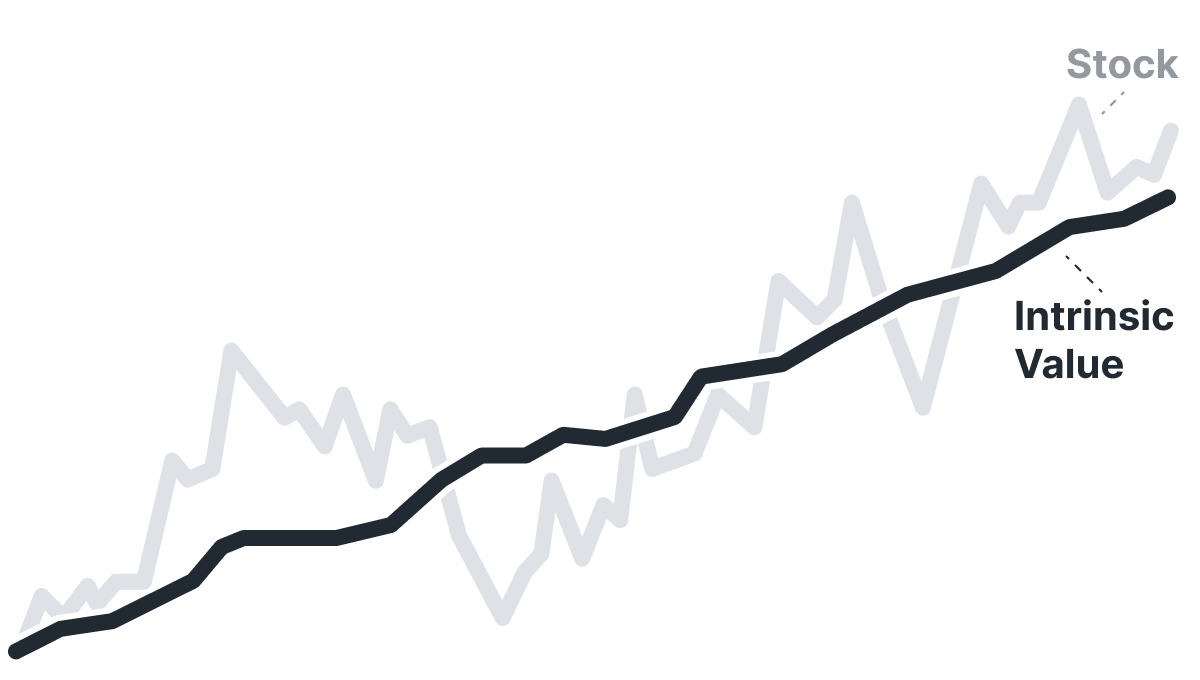
Let our AI compare Alpha Spread’s intrinsic value with external valuations from Simply Wall St, GuruFocus, ValueInvesting.io, Seeking Alpha, and others.
Let our AI break down the key assumptions behind the intrinsic value calculation for Royal Bank of Canada.
| US |

|
JPMorgan Chase & Co
NYSE:JPM
|
|
| ZA |
C
|
Capitec Bank Holdings Ltd
JSE:CPI
|
|
| ZA |
S
|
Standard Bank Group Ltd
JSE:SBK
|
|
| US |

|
Bank of America Corp
NYSE:BAC
|
|
| CN |

|
Industrial and Commercial Bank of China Ltd
SSE:601398
|
|
| CN |
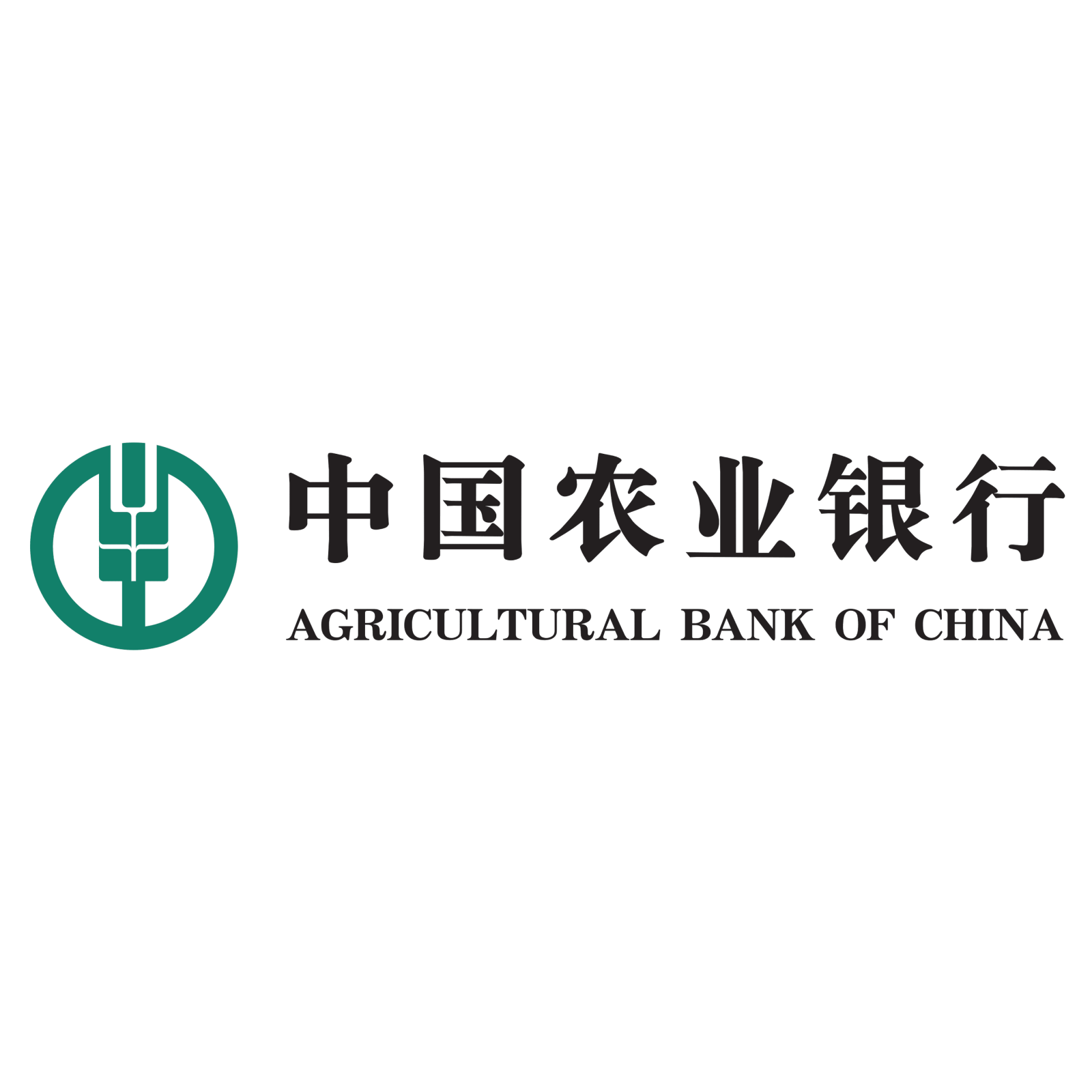
|
Agricultural Bank of China Ltd
SSE:601288
|
|
| CN |

|
China Construction Bank Corp
SSE:601939
|
|
| US |
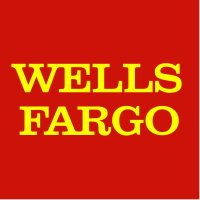
|
Wells Fargo & Co
NYSE:WFC
|
|
| UK |

|
HSBC Holdings PLC
LSE:HSBA
|
|
| CN |

|
Bank of China Ltd
SSE:601988
|
Fundamental Analysis
Select up to 3 indicators:
Select up to 3 indicators:

RBC’s heavy exposure to the Canadian housing market could lead to increased delinquency rates if real estate prices correct sharply, eroding profitability and stressing its capital buffers.
RBC’s dominant retail banking footprint in Canada and strong deposit growth provide a stable low-cost funding base, supporting steady net interest income even in muted economic conditions.
Balance Sheet Decomposition
Royal Bank of Canada

| Net Loans | 1T |
| Investments | 1.1T |
| PP&E | 6.8B |
| Intangibles | 26.8B |
| Other Assets | 138.8B |
| Total Deposits | 1.5T |
| Short Term Debt | 338.8B |
| Long Term Debt | 12.5B |
| Other Liabilities | 319B |
Wall St
Price Targets
RY Price Targets Summary
Royal Bank of Canada

According to Wall Street analysts, the average 1-year price target for
 RY
is 173.54 USD
with a low forecast of 158.92 USD and a high forecast of 188.82 USD.
RY
is 173.54 USD
with a low forecast of 158.92 USD and a high forecast of 188.82 USD.
Dividends
Current shareholder yield for  RY is
hidden
.
RY is
hidden
.
Shareholder yield represents the total return a company provides to its shareholders, calculated as the sum of dividend yield, buyback yield, and debt paydown yield. What is shareholder yield?
The intrinsic value of one
 RY
stock under the Base Case scenario is
hidden
USD.
RY
stock under the Base Case scenario is
hidden
USD.
Compared to the current market price of 170.86 USD,
 Royal Bank of Canada
is
hidden
.
Royal Bank of Canada
is
hidden
.









